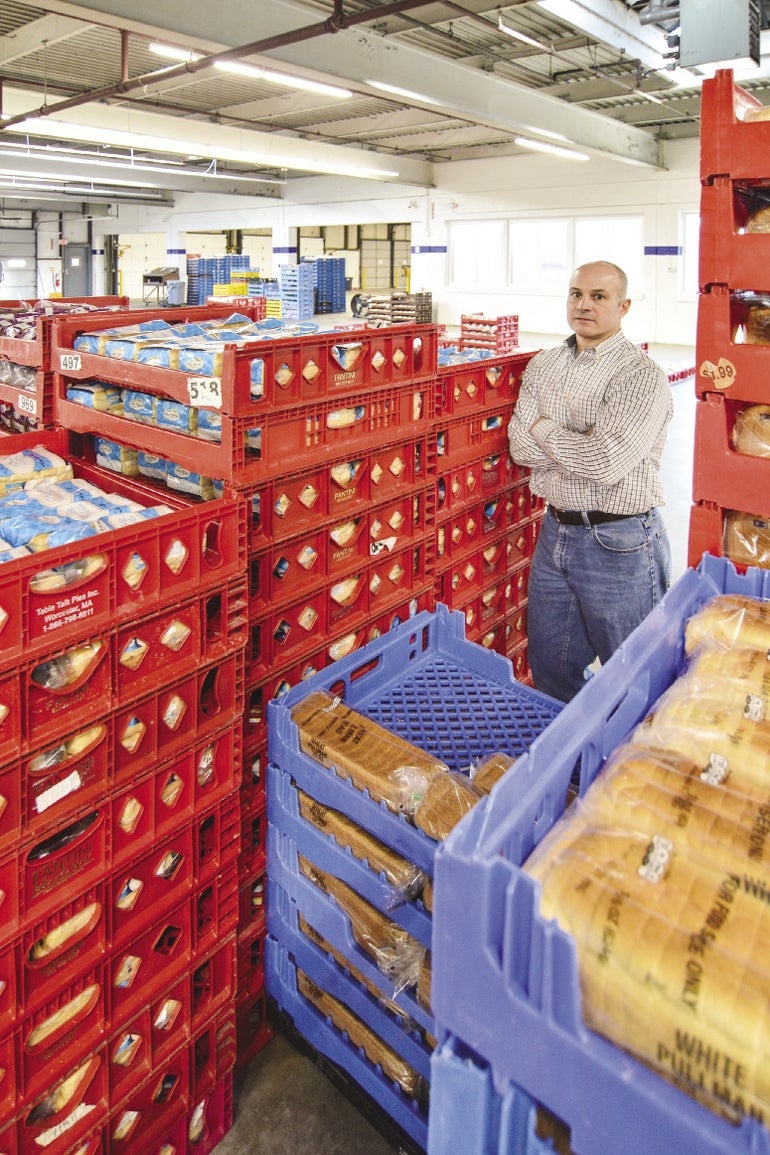Worcester is a city on the cusp of reinvention, with new cultural, lodging and residential projects.
But as much work as it’s been to encourage downtown investment, rebuilding the city’s industrial image may prove more challenging in an environment discouraging needed updates of the city’s commercial real estate.
Steven Rothschild is a city landlord who owns an old brick mill building the Main South neighborhood. Over the years, he’s been able to cover the expenses by leasing the former industrial space to office tenants, leaving little left over for the upgrades necessary to attract industrial users, which generally bring with them larger workforces and a greater contribution to the local economy.
“The challenge of keeping the buildings occupied in an industrial capacity are basically insurmountable,” Rothschild said.
Upgrades & taxes
The problem is the needed upgrades at the old industrial spaces and how that impacts their taxable value under Worcester’s dual tax rate.
Every year in December, the Worcester Regional Chamber of Commerce tells the Worcester City Council the city’s 23-year-old dual tax rate is a major hindrance to business growth in Worcester. This past December, the City Council voted to increase the difference between what businesses and residents pay for the second year in a row, reversing progress that had been made to narrowing the gap over the previous four years.
Rothschild said available industrial stock is too dated for modern commercial operations, such as manufacturing and distribution, which generally yield higher rents than office tenants. Upgrading the properties with features like loading docks, high bays, modern heating, cooling and power infrastructure, and replacing beams and old wooden floors not suited to today’s use, is costly and leads to higher tax bills.
“Buildings can’t sustain a rent that can pay the taxes,” said Rothschild, who is now developing small-scale manufacturing units with modern amenities in the Armory Business Center in the South Worcester Industrial Park, as an alternative to more antiquated spaces.
Industrial vacancy at 40%
The city’s industrial vacancy rate hovers at 40 percent, according to data provided by Sherri Pitcher, Worcester Regional Chamber of Commerce senior director of business development.
Much of the vacancy is concentrated in three major buildings, but it’s spread over 36 buildings throughout the city.
Pitcher sits on the Worcester Economic Development Coordinating Council on behalf of the chamber, and manufacturing is one of the key sectors the council wants to grow, Pitcher said. She agreed the cost of investing in needed upgrades is a major hindrance to Worcester property owners, and without viable space, growing manufacturing in the city is difficult.
Nearby towns like Shrewsbury and Auburn are more attractive alternatives, offering single tax rates, Pitcher said.
She said City Hall is committed to narrowing the split but that some city councilors won’t vote for tax policies to increase the burden on residents.
Still, Pitcher noted success stories do exist. A developer renovated 610,000 square feet of industrial space at 150 Blackstone Road in Worcester, and that $26-million project is fully leased with three tenants. Table Talk Pies is planning a 50,000-square-foot expansion in the South Worcester Industrial Park.
Both projects received tax breaks from the city. Blackstone River Road received a 15-year tax-increment-financing deal for creating 300 jobs over five years. The Table Talk property received a 20-year TIF for 50 jobs.
Pitcher said the chamber and the city have a hard time convincing long-time landlords to reposition properties, either by selling or making investments.
Buildings overvalued?
One exception is Duva Distributors, a baked goods distribution firm that relocated to Worcester from Shrewsbury this summer. Owner Chris Duva said the vacant Nissen Baking Co. plant at 983 Millbury St. had ideal highway access and was set up perfectly for his operations, but the building needed $225,000 in upgrades.
While the city made permitting the project easy, Duva was discouraged that he wasn’t able to get a tax abatement to help defray the cost of improvements.
“The city has the building way overvalued for tax purposes,” said Duva, noting the building was vacant three years with graffiti and broken windows.
Duva said his business is poised for eventual growth, but for now, the renovations mean he has to manage payroll expenses closely. He opted not to issue raises this year as a result.
“We just have to grow into our space and our new expenses,” Duva said.
This illustrates a sticking point for smaller industrial tenants. Tax incentives available to larger companies may not be an effective tool for small businesses that, like Duva, have to grow their workforces conservatively.
Better tracking needed for future
Worcester’s new industrial sweet spot may be small manufacturing, driven by biotechnology startups out of Worcester Polytechnic Institute and UMass Medical School, said Tim McGourthy, executive director at the Worcester Regional Research Bureau.
To that end, McGourthy said the Research Bureau is interested in improving tracking of industrial vacancies, which exist in different-sized pockets. That data is an important first step in a larger strategy of repositioning vacant property, he said.

